The $120 MSI X470 Gaming Plus Review: Only 4-Phase VRM, Not 11-Phase as Advertised
by Gavin Bonshor on October 4, 2018 10:00 AM ESTMSI X470 Gaming Plus Conclusion
The MSI X470 Gaming Plus is designed for gamers and users looking for an entry-level and good value X470 motherboard as the foundation for a Ryzen powered system. This particular ATX motherboard has a black and red synonymous with MSI’s gaming dragon clad theme, but with customizable RGB backlighting. While some users may not agree with the design implementation of boards with RGB backlighting integrated and set bright accented components on the board, but design preference is a matter of perspective and I quite like it.
The crux of any motherboard review boils down to performance and the X470 Gaming Plus is a good performer for the price point it currently sits at. The overall performance was competitive within our benchmarking suite with the biggest positives coming in power consumption with this board showing some of the lowest and most efficient results from an AM4 motherboard so far. This is no doubt down to the reduction in power from the first generation of AM4 chipsets (B350/X370) with the newer B450 and X470 chipsets having an idle wattage of around 2 W. Compute and gaming performance triggered no concerns with the poorest result coming when booting into Windows. Just like we experienced on our test bench with the MSI MEG X399 Creation TR4 motherboard, the non-UEFI POST time was absurdly higher than the other boards on test. Audio performance was as expected as can be when equipped with a Realtek ALC892 HD audio codec and the overclocking experience was painless as our Ryzen 7 1700 managed to hit its apex of 4.0 GHz very easily indeed.
With MSI actively advertising the board as an 11-phase power delivery, it comes as a bit of an issue. What’s actually underneath the red and black colored heatsinks paints a different picture with a Richtek RT8894A PWM controller only capable of running a 4+2 configuration. MSI hasn't used any phase doublers, but is using a pair of fets/chokes per phase, which isn't proper 'doubling'. It gives the illusion it’s beefier than it actually is.
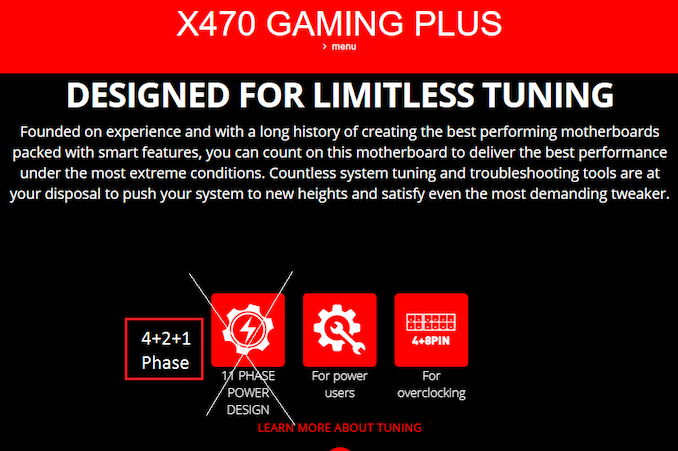
From the MSI Website, and we've crossed it out
That being said, this isn’t a new practice, but if MSI is to be one of the vendors to continue doing more and more like this, it sets a worrying precedent. Since we started cataloguing this issue, here are our results.
| AM4 Motherboard Power Delivery Comparison | ||||||
| AnandTech | Controller | Doubler | True CPU Phases | H Side |
L Side |
Chokes |
| ASRock | ||||||
| B450 Gaming ITX/ac | ISL95712 (6+2) | - | 6 | 10 | 10 | 8 |
| B450 Gaming K4 | ISL95712 (3+3) | - | 3 | 12 | 9 | 9 |
| X470 Taichi Ultimate | IR35201 (6+2) | 8 | 6x2 = 12 | 16 | 16 | 16 |
| Biostar | ||||||
| Biostar X370GTN | ISL95712 (4+3) | - | 4 | 7 | 7 | 7 |
| Biostar X470GTN | ISL95712 (4+3) | - | 4 | 7 | 7 | 7 |
| GIGABYTE | ||||||
| X470 Gaming 7 Wi-Fi | IR35201 (6+2) | 5 | 5x2 = 10 | 12 | 12 | 12 |
| MSI | ||||||
| X370 Gaming Titanium | IR35201 (6+2) | 5 | 5x2 = 10 | 10 | 16 | 10 |
| X470 Gaming Plus | RT8894A (4+2) | - | 4 | 14 | 14 | 11 |
With overclocking, the heatsinks are actually good and although a little warm (like most) under maximum load, there was no concerns running this board at 4.0 GHz with 1.4 V under maximum load.
What MSI feel is worth $120 packs quite a punch with eight USB ports including two USB 3.1 Gen2 Type-A ports giving users access to the limited devices which can make use of the 10 Gbps throughput, with a total of four internal headers giving expandability up to a maximum of eight additional USB ports (four USB 3.0 and four USB 2.0). The inclusion of a DVI-D and HDMI 2.0 port will be a big hit with users looking to build an ATX sized value gaming system with one of the Ryzen 2000 series APUs such as a Ryzen 5 2400G and Ryzen 3 2200G. The single LAN port takes its orders from a Realtek RTL8118H networking controller which gives users wired gigabit connectivity.
The top full-length PCIe 3.0 x16 slot has a coating of MSI’s Steel Slot armor protection while the other PCIe slots which consists of a second full-length PCIe 3.0 x8, a full-length PCIe 2.0 x4 and three PCIe 2.0 x1 slots do not. The X470 Gaming Plus offers up to three-way CrossFire multi-graphics support but SLI isn’t supported which incidentally is one of the biggest reasons to choose the X470 chipset over the more value for money B450 chipset - MSI saves money by not going after the SLI license. A key difference which sets this board apart from a B450 chipset board is the inclusion of six SATA ports which IS a benefit of X470. Finishing off the storage is a pair of M.2 slots which unfortunately comes without heatsinks with the top M.2 slot having support for PCIe 3.0 x4 for NVMe capable drives, whereas the second slot only has support for PCIe 2.0 x4 drives; both slots are compatible with SATA drives and the second slot shares bandwidth with either the bottom full-length PCIe 2.0 x4 slot, or SATA port number one, dependent on what type of drive is installed.
Despite the issue with MSI's marketing, for $120 it’s hard to go wrong and what MSI has equipped the X470 Gaming Plus with is more than acceptable. Some may grumble that there is no USB Type-C port featured and others may think that the exclusion of SLI support is too much to cope with, but this is an entry-level motherboard with a competent, yet overstated power delivery and has plenty of good points going for it including the MSI Click BIOS 5 UEFI firmware and the usual MSI gaming-focused software package to compliment it. Besides users looking to run an SLI gaming system is most likely going to be looking at options such as the MSI X470 Gaming M7 AC ($210). The MSI X470 Gaming Plus is a formidable option in the low to mid-range motherboard market and as such should be popular with gamers, system builders and users looking to make use of the multi-core and multi-threaded power of the Ryzen desktop processors while keeping within the remit of a reasonable price budget.


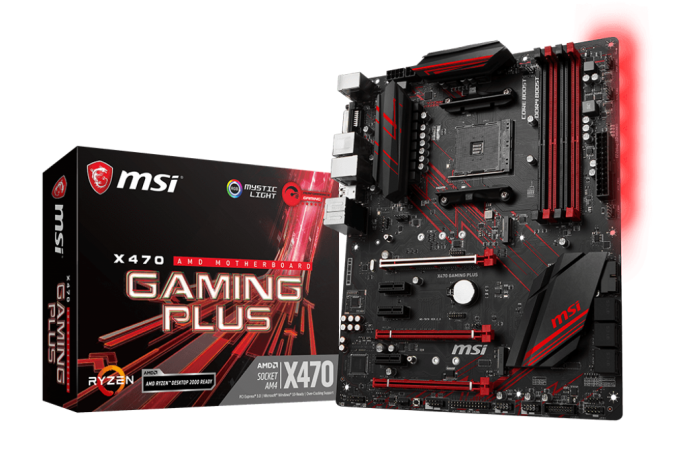
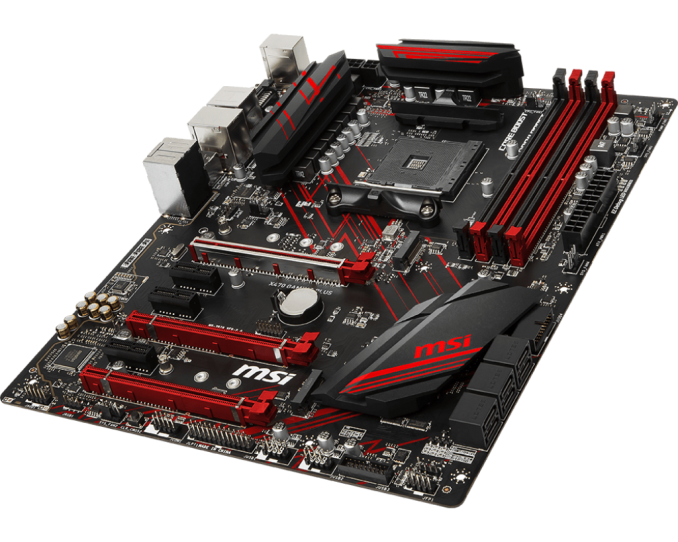
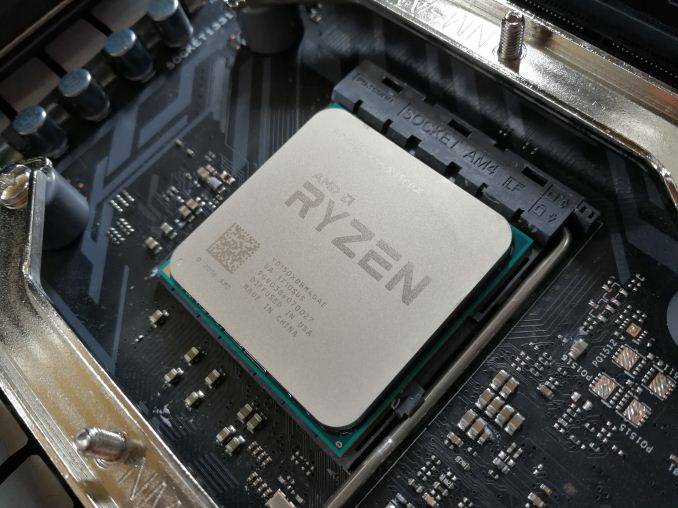

%20-%20Copya_678x452.jpg)
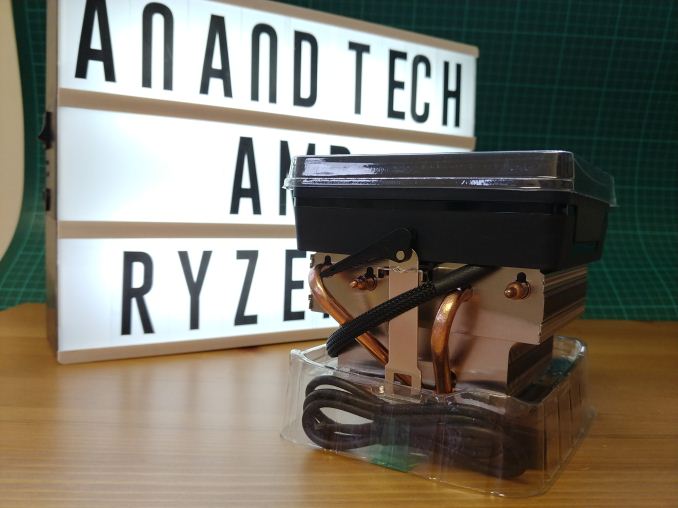
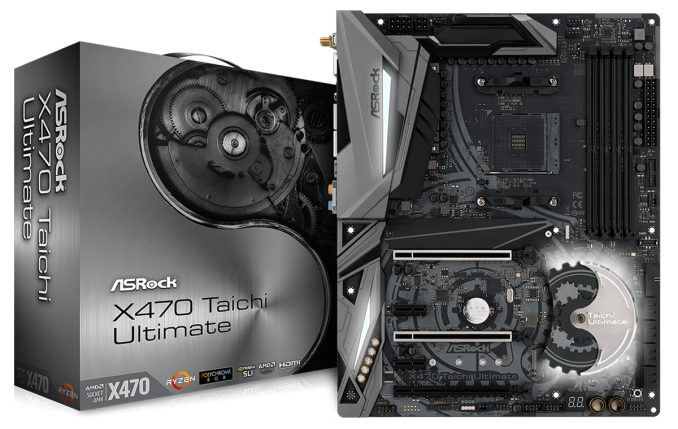
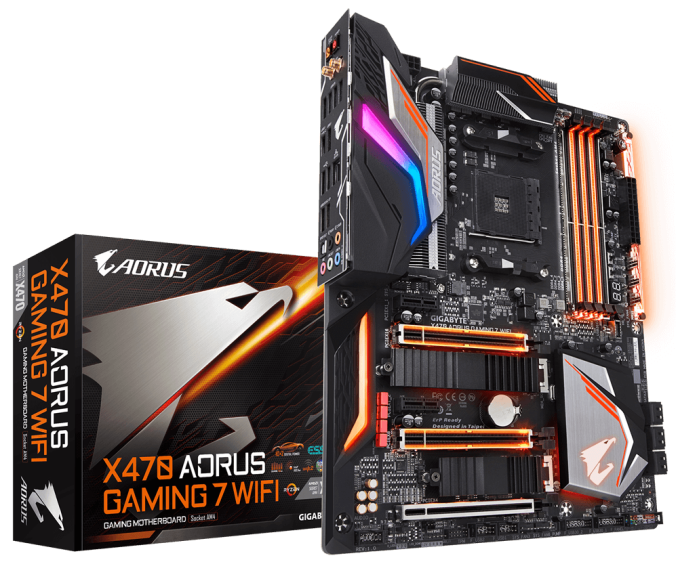
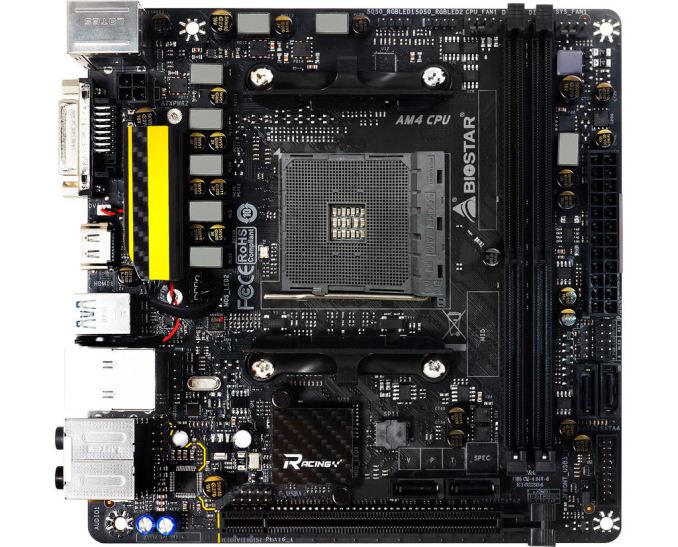
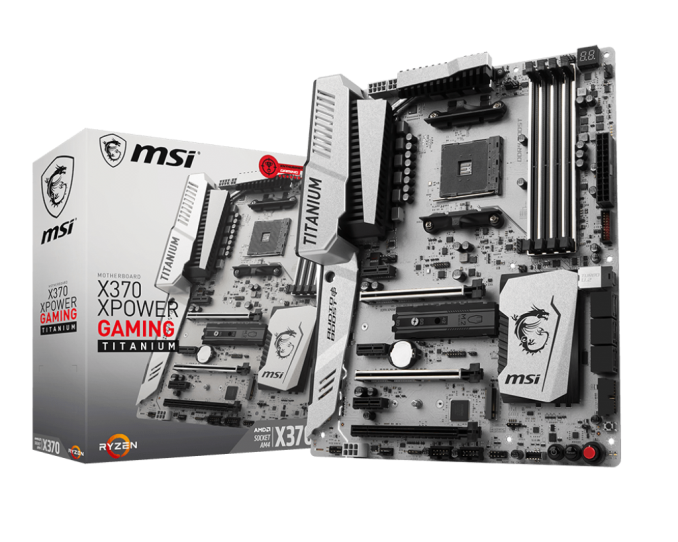








27 Comments
View All Comments
just4U - Friday, October 5, 2018 - link
There really doesn't appear to be a great deal of difference between the Plus and the supposedly better pro version of this motherboard.. and typically, the pro can be had for in and around the same price. I like their Pro Carbon board tho as it's just better all around with more features (better lan/sound to) that imo are worth the little extra you pay.I do have to say that I've been very impressed with MSI's Ryzen MB offerings. The 300 and 400 series have been problem free for me and performed like champs whereas I've had some issues with Gigabyte and Asus offerings in those chipsets.
Oxford Guy - Friday, October 5, 2018 - link
"MSI do include an 8-pin 12V ATX power input for providing power to the CPU as well as an additional 4-pin for users looking to overclock their processors."Buildzoid says these additional power connectors are useless for Ryzen, as I recall. It's not possible to draw more than one power connector can provide, particularly given the anemic VRM setup here.
"This board does have an additional 4-pin available on top of the 8-pin ATX 12 V CPU power input and MSI advertises an 11-phase power delivery under the heatsinks. Underneath the heatsinks, there is an 11-phase VRM present, but the real configuration is revealed in our visual inspection of the board."
Umm.... No.
ballsystemlord - Sunday, October 7, 2018 - link
Gavbon, all the AMD MBs you have reviewed are misrepresenting their amount of power phases AFAIK, is their any way for a consumer to check this before purchasing?Does/has the lack of power phases adversely affected the non-overclocked performance of AMD's top chips?
You see, I'm planning to upgrade next year, and I think that this is important.
Dr. Swag - Sunday, October 7, 2018 - link
For the most part it doesn't matter much unless you're doing extreme ocing. Anything 4 phases and higher with a heatsink is usually gonna be fine for a 6 core and for an 8 core preferably you'd like something a bit beefier to handle the extra power requirements without potentially getting too hot (a fake 8 phase like the gaming plus would probably be fine because the extra fets means more max power the vrm can supply and also greater surface area to dissipate heat through)29a - Sunday, October 7, 2018 - link
Why was the testing done with a 980 and a 1700?Lazlo Panaflex - Monday, October 8, 2018 - link
Agree with 29a. Why haven't you updated the test bed with (at least) a 2700? I doubt people buying these boards are paring them with 1st gen CPUs.Also, in the future could you disable Core Performance Boost and run some benches to see the difference in performance, please? FYI, My 2600 runs at 3.4 when it's disabled, and 3.9 when enabled; I have a MSI B450 Gaming Plus mATX.
Thanks
LP
Frenchyaz - Tuesday, April 9, 2019 - link
I've been so disappointed with MSI. I had a former generation 990FXA-GD80 and it has been rock solid from the get go. It had Military class 4 Caps and all bells and whistles.I got this board to upgrade along with a 2600X and the A2 Dimm port was dead, great. I returned the board and get another one after I called support and guess what, same Dimm port was also dead.
I returned the CPU and board, no more MSI for me.
So this board may be great when working but for me, I'll wait and will get a x570 when out, from Asus. Never had issues with Asus...we'll see.